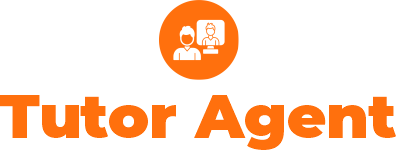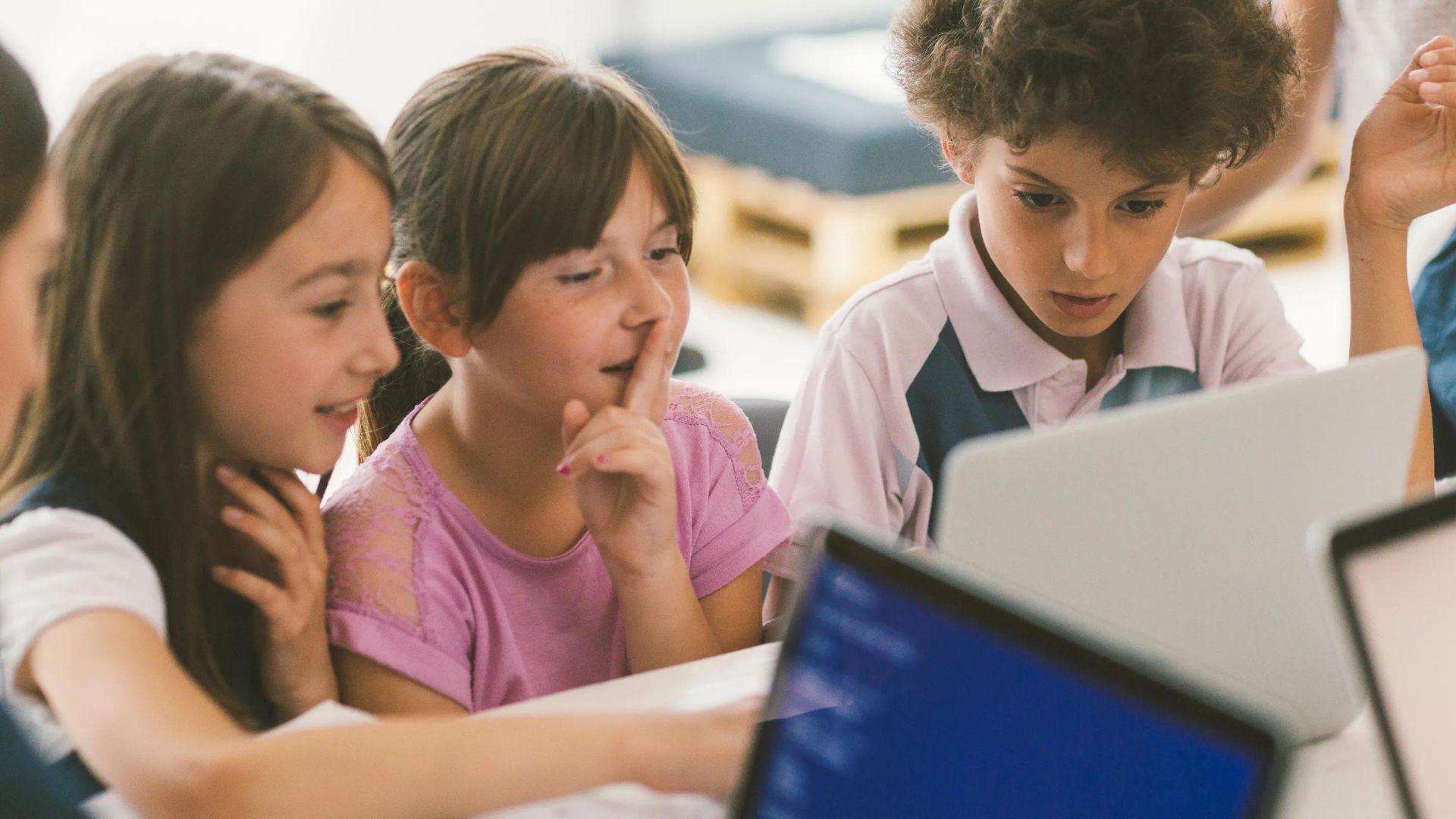Inclusive education is the foundation of a supportive and nurturing learning environment. It is essential that schools implement best practices to support students with special needs, ensuring they have equal access to quality education and opportunities for success. In this post, we will explore the best practices that schools can adopt to provide effective support to students with special needs.
- Individualized Education Plans (IEPs):
Individualized Education Plans (IEPs) are customized plans developed collaboratively between educators, parents, and specialists to address the unique needs of students with special needs. These plans outline specific educational goals, accommodations, and adaptations required to support the student’s learning. By tailoring education plans to individual students, schools can provide personalized instruction and interventions, facilitating optimal academic and social growth.
- Qualified and Trained Staff:
Schools must ensure that they have qualified and trained staff members who are knowledgeable about various disabilities and the appropriate strategies to support students’ specific needs. Providing professional development opportunities for teachers and support staff regarding inclusive teaching practices and special education techniques is crucial. By equipping educators with the necessary skills, schools can create an inclusive environment where students receive high-quality, specialized instruction.
- Assistive Technology:
Assistive technology encompasses various tools and devices that help students with special needs access information and participate in educational activities. Schools should invest in assistive technology resources such as text-to-speech software, sensory materials, communication aids, and adaptive equipment. By utilizing assistive technology, students with special needs can overcome barriers and actively engage in the learning process, fostering independence and academic growth.
- Collaboration and Communication:
Effective collaboration and communication among all stakeholders – teachers, parents, support staff, and therapists – are crucial for supporting students with special needs. Regular meetings and open lines of communication enable information sharing, goal setting, and progress monitoring. By working together, schools can ensure consistency in support strategies and provide a unified approach to meet the diverse needs of students.
- Universal Design for Learning (UDL):
Universal Design for Learning (UDL) is a framework that promotes inclusive practices and supports the diverse learning needs of all students, including those with special needs. UDL emphasizes the provision of multiple means of representation, engagement, and expression. By incorporating UDL principles into classroom instruction, schools can create flexible learning environments that allow students to access content, engage actively, and demonstrate their understanding in various ways.
- Social-Emotional Support:
Students with special needs may require additional social-emotional support to thrive academically and socially. Schools should provide counseling services, social skills training, and peer networking opportunities. Creating inclusive classrooms where acceptance, understanding, and empathy are valued fosters a positive and supportive social environment for students with special needs, promoting their overall well-being and enhancing their learning experience.
Conclusion:
By implementing these best practices, schools can provide effective support to students with special needs, ensuring their full participation and inclusion in the educational environment. Individualized Education Plans (IEPs), qualified staff, assistive technology, collaboration, Universal Design for Learning (UDL), and social-emotional support are essential components of a holistic approach to supporting students with special needs. Together, let us create inclusive learning spaces that nurture the diverse strengths and abilities of all students, fostering their growth and success.




